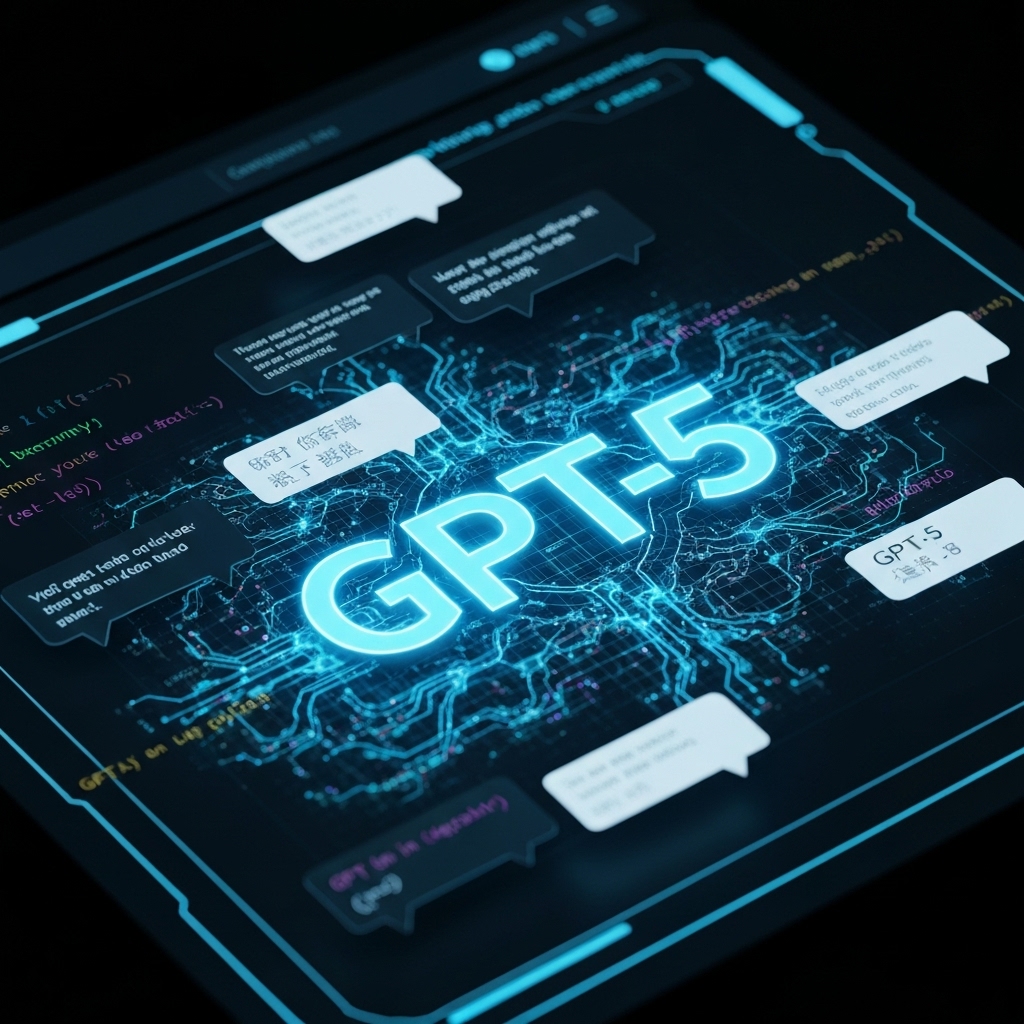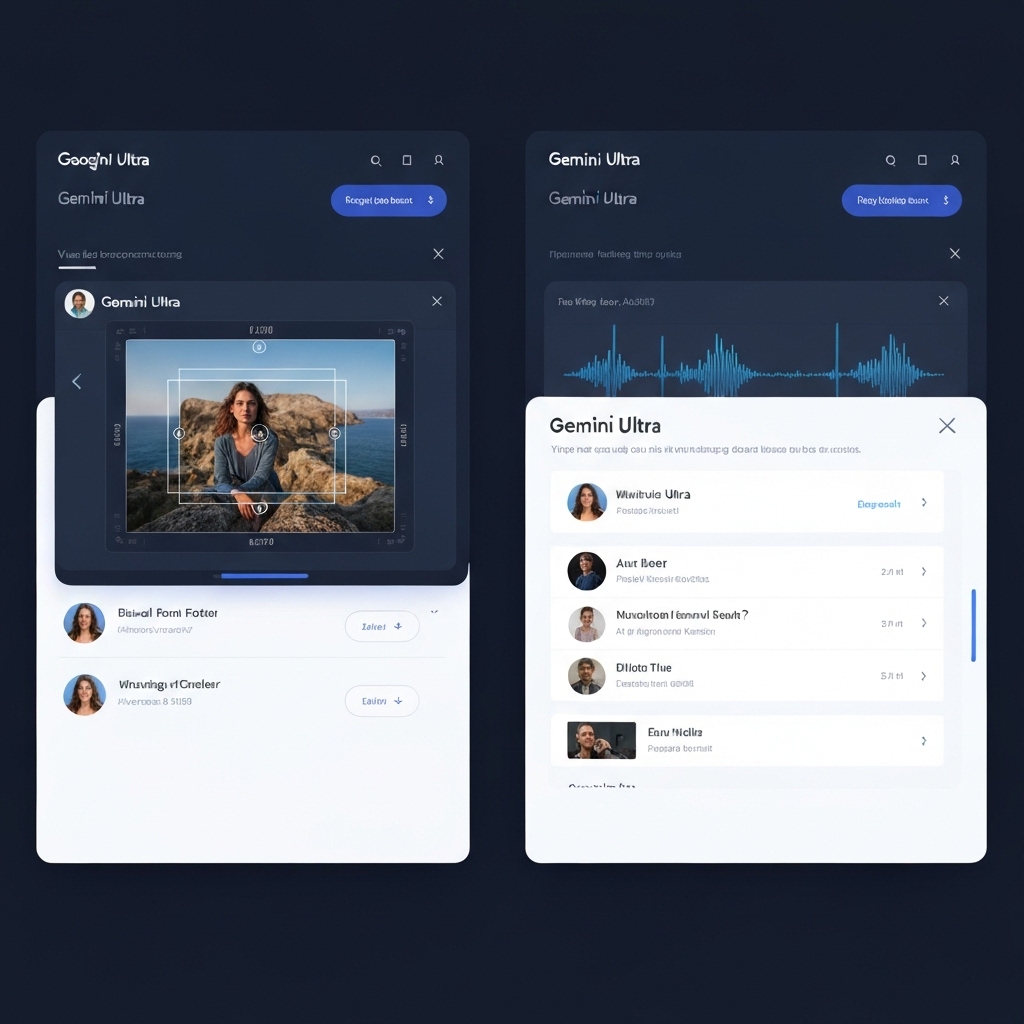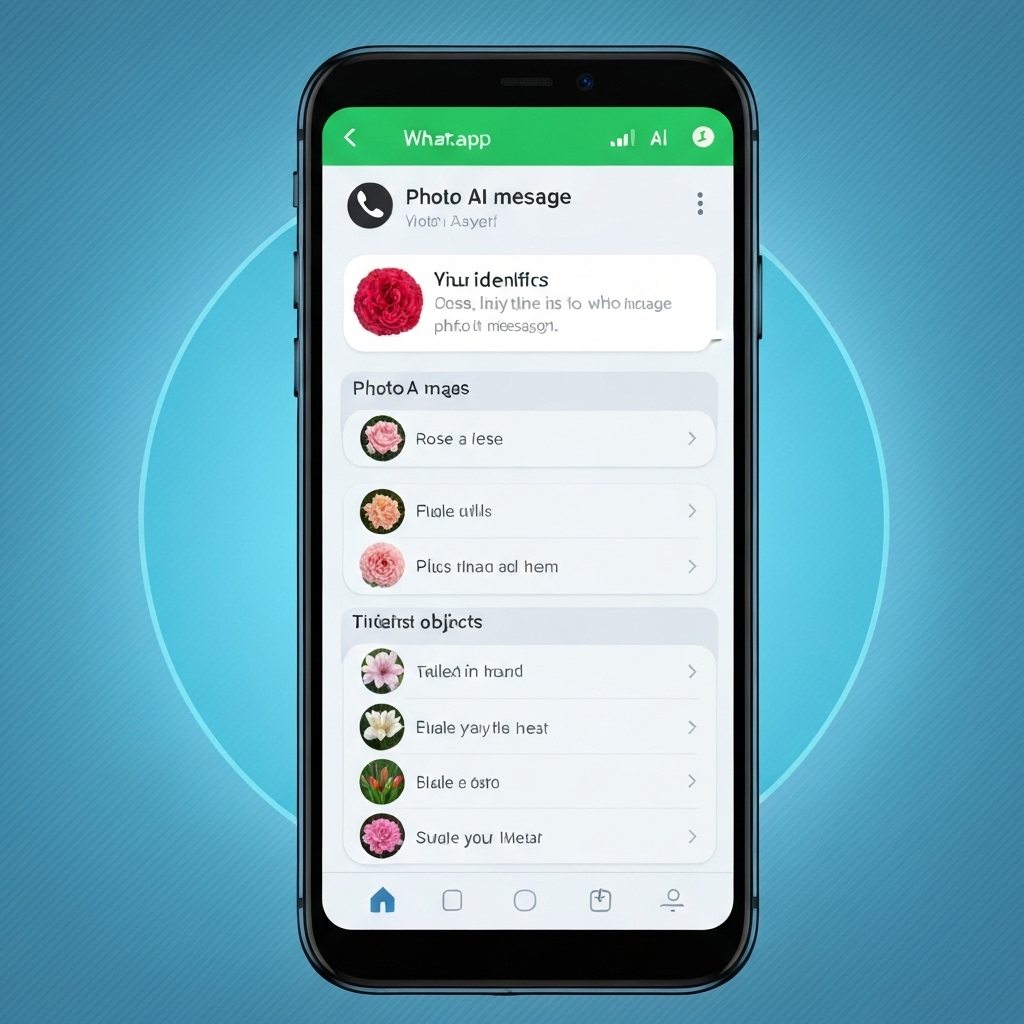AI Chatbot Comparison 2025: Which Platform Leads the Pack
AI Chatbot Comparison 2025: Which Platform Leads the Pack?
As AI chatbots become deeply integrated into everyday workflows, the demand for accurate, reliable, and intuitive platforms has never been higher. In 2025, leading models like OpenAI’s GPT-4o, Google’s Gemini, and Anthropic’s Claude continue to push the boundaries of natural language understanding. These systems are evaluated not just on raw performance but on their ability to deliver precise, context-aware responses across diverse domains. According to benchmarks from arXiv, GPT-4o maintains a slight edge in reasoning tasks, while Claude 3 excels in long-context comprehension—making it ideal for legal and research applications.
Usability remains a critical differentiator, especially for non-technical users. Platforms like Microsoft Copilot have streamlined integration with productivity suites such as Office 365, enabling seamless assistance in drafting emails or analyzing spreadsheets. Meanwhile, Google’s Gemini leverages its deep ties with Android and Workspace to offer proactive suggestions. A report by Gartner highlights that ease of access and low learning curves significantly increase user adoption across enterprises, giving these tightly integrated tools a competitive advantage.
Multimodal capabilities—processing text, images, audio, and video—are now standard among top-tier chatbots. Gemini stands out with real-time video analysis, while GPT-4o supports voice conversations with nuanced tone detection. These features are transforming customer service and healthcare, where visual and auditory inputs enhance diagnostic and support accuracy. The National Institute of Standards and Technology (NIST) emphasizes multimodal fluency as a key benchmark for trustworthy AI systems, available at nist.gov.
Equally important is each platform’s commitment to ethical AI practices. Anthropic leads with constitutional AI principles designed to minimize bias and harmful outputs, while OpenAI continues refining its moderation systems with public transparency reports. As organizations prioritize responsible innovation, choosing a platform with strong ethical safeguards isn’t just preferable—it’s essential. For insights into AI safety standards, the Partnership on AI offers comprehensive guidelines at partnershiponai.org.
GPT-5 by OpenAI: Power and Precision
OpenAI's GPT-5 marks a transformative advancement in artificial intelligence, pushing the boundaries of natural language processing to unprecedented levels. With refined neural architecture and expanded training data, GPT-5 demonstrates superior reasoning capabilities, allowing it to tackle intricate problems in fields like legal analysis and scientific research with greater accuracy. Notably, one of its most significant improvements is the reduction of hallucinations—instances where AI generates false or misleading information—making it more reliable for high-stakes applications. This leap in performance stems from rigorous fine-tuning and advanced alignment techniques that enhance its contextual understanding across diverse domains. For more on OpenAI’s latest developments, visit OpenAI's official website.
The enhanced contextual awareness of GPT-5 enables it to maintain coherence over long-form content, making it an invaluable tool for creative writing and technical documentation. Whether drafting complex legal briefs or synthesizing research papers, GPT-5 adapts to nuanced requirements with remarkable precision. Its ability to follow multi-step instructions and infer implicit user intent sets it apart from previous models, offering a more intuitive and human-like interaction experience. These advancements are particularly impactful in professional environments where clarity, consistency, and correctness are paramount.
Furthermore, GPT-5’s deep integration with Microsoft’s ecosystem—spanning tools like Azure, Office 365, and Dynamics 365—provides enterprises with seamless access to cutting-edge AI capabilities. This synergy allows businesses to automate workflows, enhance customer service, and accelerate decision-making processes at scale. Organizations leveraging this integration benefit from secure, scalable AI solutions tailored to enterprise needs. Microsoft’s commitment to responsible AI deployment complements OpenAI’s safety protocols, ensuring ethical usage across industries. Learn more about these integrations at Microsoft’s AI initiative page.

Google Gemini Ultra: Multimodal Mastery
Google Gemini Ultra, formerly known as Bard, has emerged as a leader in multimodal artificial intelligence by effortlessly processing and interpreting diverse data types including text, images, audio, and video. This advanced capability allows users to interact with AI in more natural and intuitive ways, whether analyzing a complex infographic or summarizing a video lecture. Unlike earlier models limited to text-based inputs, Gemini's robust architecture enables it to understand context across multiple formats simultaneously, setting a new benchmark in AI performance. Its ability to draw insights from mixed media makes it particularly valuable for professionals in research, education, and content creation.
One of Gemini Ultra’s standout features is its deep integration with core Google services such as Google Workspace, YouTube, and Android devices. This tight ecosystem connectivity empowers users to pull real-time data from Gmail, Docs, and Drive, or analyze trending video content directly from YouTube without switching platforms. For enterprise users, this means enhanced productivity and faster decision-making. According to Google Workspace, this integration streamlines workflows by embedding AI assistance directly into everyday tools, reducing friction and boosting efficiency across teams.
Gemini excels in real-time information retrieval, leveraging Google’s vast index to deliver up-to-date and contextually relevant responses. Whether you're fact-checking breaking news or analyzing visual content from a live stream, Gemini processes queries with remarkable speed and accuracy. Its visual analysis capabilities are especially powerful, capable of extracting text from images, identifying objects, and even interpreting scene context—features that align closely with advancements highlighted by Google AI. As multimodal AI becomes increasingly essential, Gemini Ultra positions itself as an indispensable tool for users already invested in the Google environment.

Anthropic's Claude 3: Safety and Trust
Claude 3, developed by Anthropic, stands out in the rapidly evolving AI landscape due to its strong commitment to safety and ethical principles. Built on the foundation of constitutional AI, the model is designed to refuse harmful requests and adhere to predefined ethical guidelines without relying solely on reactive moderation. This proactive approach makes it a trusted choice for organizations where responsible AI use is paramount. Institutions such as government agencies and universities value its ability to maintain integrity when handling sensitive information or engaging in complex policy discussions.
One of Claude 3’s most impressive technical capabilities is its support for long-context conversations, processing up to 200,000 tokens. This enables the model to analyze extensive documents, maintain coherence over prolonged interactions, and provide nuanced responses based on comprehensive context. Whether summarizing legal briefs, reviewing research papers, or facilitating multi-turn educational dialogues, this extended context window significantly enhances usability. More details about its architecture and performance can be found on Anthropic's official website.
Transparency is another cornerstone of Claude 3’s design. Anthropic provides detailed documentation on model behavior, bias mitigation strategies, and safety evaluations—setting a benchmark for accountability in AI development. This openness allows users to make informed decisions about deployment, especially in high-stakes environments. For further insights into responsible AI practices, resources from the Partnership on AI offer valuable context.
Meta AI: Accessibility and Integration
Meta AI is transforming the way users interact on social platforms by embedding advanced chatbot capabilities directly into WhatsApp, Facebook, and Instagram. This deep integration allows users to access AI assistance without leaving their favorite apps, enabling seamless conversations, instant responses, and contextual support tailored to social interactions. Whether it's suggesting replies, summarizing group chats, or identifying objects in shared images, Meta AI enhances user experience by making digital communication more intuitive and efficient. Its presence across Meta’s ecosystem sets a new standard for accessibility in consumer-facing AI.
While Meta AI may not match the raw computational power or complex reasoning abilities of models like OpenAI’s GPT-5 or Google’s Gemini, it excels in real-time, everyday scenarios where speed and context matter most. The ability to process visual content—such as recognizing products in photos or describing scenes for accessibility—gives it a unique edge in casual, mobile-first environments. These features are particularly valuable for users who prioritize convenience and immediacy over highly technical outputs.
By focusing on practical utility within social media, Meta AI reaches billions of users with minimal friction, requiring no downloads or additional logins. This widespread availability fosters inclusive access to AI tools, especially in regions where smartphones are the primary computing devices. As Meta continues to refine its models through real-world usage data, the AI becomes increasingly attuned to diverse languages, dialects, and cultural contexts, further strengthening its global relevance.
Ultimately, Meta AI’s strength lies not in outperforming competitors on benchmark tests, but in delivering timely, context-aware assistance exactly where people are already spending their time. Its integration into daily digital life marks a significant step toward democratizing AI, making intelligent tools an effortless part of social connection. For more information on Meta’s AI advancements, visit Meta AI’s official site.

Conclusion: Who Leads in 2025?
When evaluating the current landscape of AI models in 2025, GPT-5 stands at the forefront due to its unmatched performance and adaptability across diverse tasks. From natural language understanding to code generation and complex reasoning, GPT-5 consistently outperforms competitors in benchmark tests conducted by independent research institutions like EvaluatingAI.org. Its architecture enables seamless integration into enterprise environments, making it a top choice for businesses requiring robust, scalable AI solutions. Whether automating customer service or enhancing data analysis, GPT-5 offers a level of sophistication that sets the industry standard.
Google Gemini Ultra excels in multimodal capabilities, processing and generating text, images, audio, and video with remarkable coherence. This makes it particularly valuable for creative industries and applications requiring rich media synthesis. According to assessments published by Google Research, Gemini Ultra demonstrates superior contextual awareness when handling cross-modal queries—such as describing visual content in real-time or generating images from nuanced textual prompts. While slightly behind GPT-5 in pure language tasks, its strength in integrating multiple sensory inputs positions it as a leader in next-generation AI applications.
Claude 3 has carved out a distinct advantage in safety, transparency, and ethical AI use. Developed by Anthropic, this model emphasizes responsible behavior and reduced hallucination rates, making it ideal for regulated sectors such as healthcare, legal services, and education. Independent audits available through arXiv highlight Claude 3’s leading performance in bias mitigation and adversarial prompt resistance. For organizations prioritizing trustworthiness and compliance, Claude 3 provides peace of mind without sacrificing functionality.
Meta AI takes the lead in social reach and accessibility, deeply integrated into platforms like Facebook, Instagram, and WhatsApp, serving billions worldwide. Its open-weight models, such as Llama 3, promote widespread innovation and customization, supported by an expansive developer community documented on Meta AI's official blog. While not always matching the raw power of GPT-5 or Gemini Ultra, Meta AI's ubiquity ensures that advanced AI tools are available to users regardless of technical expertise. As the AI race evolves, each platform offers unique advantages—your optimal choice depends on whether you value performance, multimodal fluency, ethical assurance, or global connectivity.
